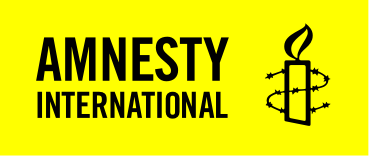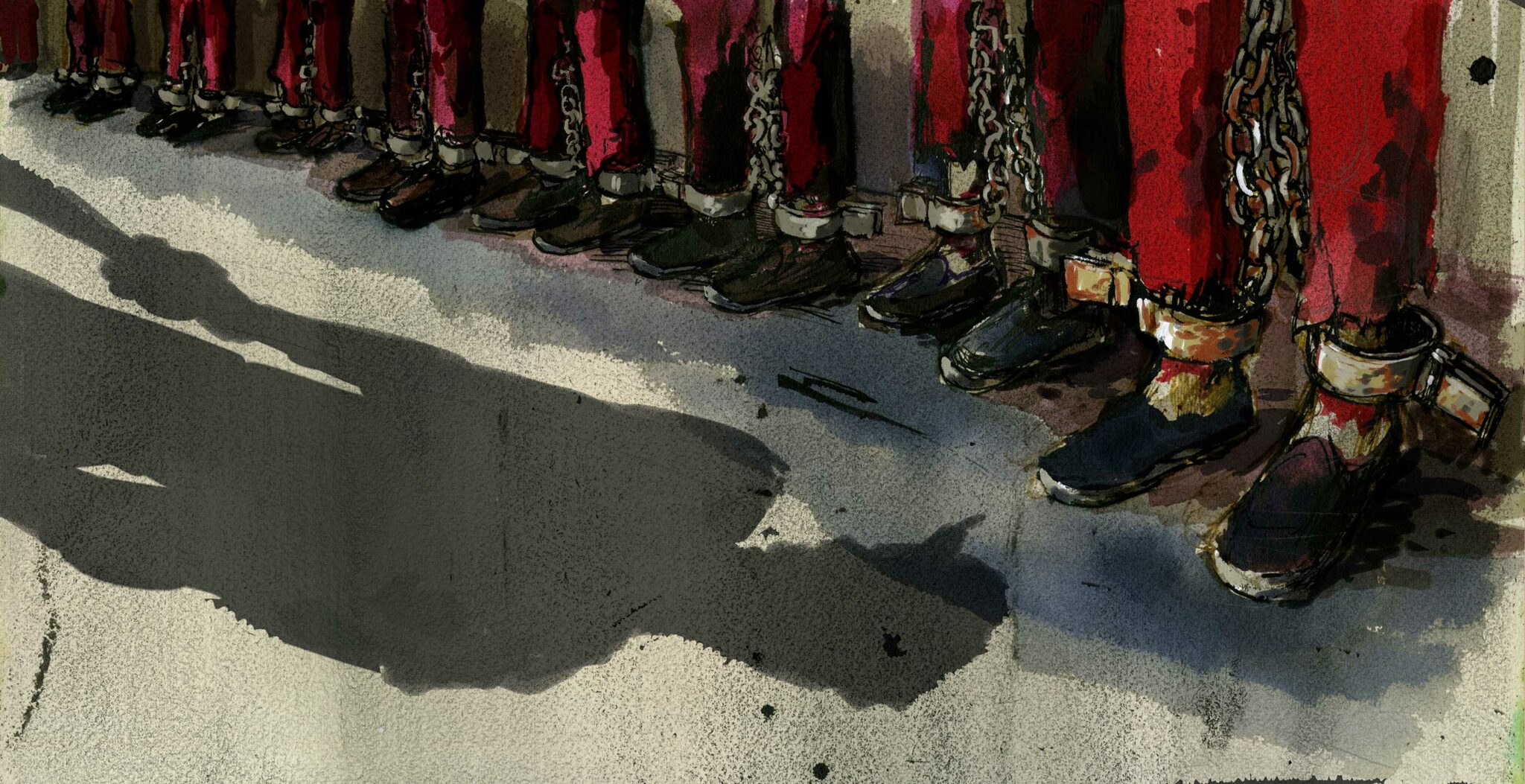The debate around the current status of internment camp detainees
In July 2019, Shohrat Zakir, the governor of Xinjiang, reportedly said that 90% of the people detained in internment camps in Xinjiang had been released. [[[Reuters, “’Most people’ detained in Xinjiang camps have been released, China claims: Official in Chinese region says detainees have ‘returned home’ but US calls for evidence and a UN inspection,” 30 July 2019 →; Chris Buckley and Edward Wong, New York Times, “Doubt Greets China’s Claim That Muslims Have Been Released from Camps,” 30 July 2019 →]]] In December 2019 he announced that the camps had been closed and that all people residing in those facilities had “returned to society.” [[[Lily Kuo, The Guardian, “China claims detained Uighurs have been freed: Xinjiang governor offers no evidence of release but says “trainees’ have found stable jobs,” 9 December 2019 →; Yanan Wang, Associated Press (AP), “China claims everyone in Xinjiang camps has “graduated’,” 9 December 2019 →; XINHUANET, “Trainees in Xinjiang education, training program have all graduated: official,” 9 December 2019 →]]] The government provided no evidence to support its sweeping assertions. [[[Lily Kuo, The Guardian, “China claims detained Uighurs have been freed: Xinjiang governor offers no evidence of release but says “trainees’ have found stable jobs,” 9 December 2019 →; Amnesty International, “China: Government must show proof that Xinjiang detainees have been released,” 9 December 2019 →]]] Moreover, after the announcements, it continued to go to extraordinary lengths to prevent the public from obtaining information about the camps and the detained population. [[[John Sudworth, BBC News, “China’s pressure and propaganda – the reality of reporting Xinjiang,” 15 January 2021 →; Human Rights Watch, “China’s Weak Excuse to Block Investigations in Xinjiang: Ambassador Claims ‘Unreasonable, Unnecessary Obstacles’ Prevent UN Visit,” 25 March 2020 →; Cate Cadell, Tony Munroe, Reuters, “BBC journalist leaves China citing threats, obstruction,” 31 March 2021 →; James Griffiths, CNN, “From cover-up to propaganda blitz: China’s attempts to control the narrative on Xinjiang,” 17 April 2021 →]]]
As a result of the absence of evidence provided by the government and tremendous difficulties in obtaining accurate information from Xinjiang, there has been significant debate among former detainees, family members of people believed to be missing or detained in Xinjiang, other members of the diaspora, diplomats, journalists, and scholars about the truth of the government’s statements about the alleged closure of the camps and release of the detainees. [[[Chris Buckley and Austin Ramzy, “Night Images Reveal Many New Detention Sites in China’s Xinjiang Region: China said it was winding down its “re-education” camps for Uighurs and other minorities, but researchers found evidence that incarceration in is on the rise,” 24 September 2020 →; Al-Jazeera, “What’s happening with China’s Uighurs? Start here,” 21 February 2021 →; Radio Free Asia (RFA), “Three Camps in Xinjiang’s Uchturpan Believed to Hold Ten Percent of the County’s Uyghur Population,” 10 September 2020 →; Gene A. Bunin, Art of Life in Chinese Central Asia, “From camps to prisons: Xinjiang’s next great human rights catastrophe,” 5 October 2019 →; Gene A. Bunin, The Art of Life in Chinese Central Asia, The Elephant in the XUAR: II. Brand new prisons, expanding old prisons, & hundreds of thousands of new inmates, 4 January 2021 →]]]
On the one hand, as evidenced by the testimonies documented in this report and by journalists and other organizations, many internment camp detainees have been released. [[[Gene A. Bunin, Foreign Policy. “Detainees Are Trickling Out of Xinjiang’s Camps: House arrest or forced labor awaits most of those released so far in what may be a public relations ploy,” 18 January 2019 →; Alison Killing and Megha Rajagopalan, BuzzFeed News, What They Saw: Ex-Prisoners Detail The Horrors of China’s Detention Camps, 27 August 2020 →]]] All former detainees interviewed by Amnesty, journalists, and other organizations had been released by the time of the government’s announcement. [[[Amnesty international interviews; Xinjiang Victims Database →]]] These former detainees, other former residents of Xinjiang, and other people living abroad have also provided accounts about other detainees who had also been released by this time. [[[Amnesty international interviews; Xinjiang Victims Database →]]] The Xinjiang Victim’s Database documented 583 camp releases in late 2018 and early 2019. [[[Xinjiang Victims Database →]]]
On the other hand, the fact that some detainees have been released and some camps have closed does not necessarily support the government’s broader claims. Family members of a small number of former detainees have reported that their family members were released from camps after December 2019, which directly contradicts the government’s claims that the camps were all closed by that time. [[[Amnesty International interviews.]]] Several former detainees, other former residents of Xinjiang, and family members of people believed to be missing or detained who were interviewed by Amnesty said that they knew people who they believed were still detained in camps in Xinjiang. [[[Amnesty International interviews.]]]
Regardless of the number of people still detained in internment camps, there is credible evidence that many of the people sent to internment camps in Xinjiang are still detained in some form, either in camps or some other type of detention facility. Large numbers of people are still reporting that their family members are missing and believed to be detained in camps, prisons, or other detention facilities in Xinjiang. [[[The Art of Life in Chinese Central Asia, The Elephant in the XUAR:III “In accordance with the law”, Gene A. Bunin, 19 April 2021 →]]] There is evidence that some people – perhaps large numbers – have been sent from internment camps to prisons or other detention facilities. [[[Shohret Hoshur, Radio Free Asia, Xinjiang Authorities Secretly Transferring Uyghur Detainees to Jails Throughout China, 2 October 2018 →; Holly Robertson, ABC News, “China reportedly begins mass transfers of Uighur detainees from Xinjiang to prisons nationwide, 9 October 2018 →; Gene A. Bunin, Art of Life in Chinese Central Asia, “From camps to prisons: Xinjiang’s next great human rights catastrophe,” 5 October 2019 →]]] Former detainees interviewed by Amnesty and other organizations, and friends and family of detainees, have been sent to prisons. [[[Reuters, “’Most people’ detained in Xinjiang camps have been released, China claims: Official in Chinese region says detainees have ‘returned home’ but US calls for evidence and a UN inspection,” 30 July 2019 →]]] The Xinjiang Victims Database has reported over 500 cases of people being sent from “situations of prolonged detention to prison;” however, only a minority of these people were transferred from camps, the majority were transferred from other types of detention facilities, such as “detention centres”. [[[Xinjiang Victims Database →]]] Given the lack of transparency with respect to prison sentences, the true number is unknown.



